The Ultimate Paleo Guide
If you’ve been around the health and fitness world, there’s a good chance you’ve heard about the Paleo diet. (You may have also heard it referred to as the caveman diet, stone-age diet, primal, grain-free, whole food, or the ancestral diet) With so many names, and so many people eating this way, (in fact, one of our most popular MacroPlate meal plans is the Paleo Plan) you have to wonder “What is paleo, and why is it so popular?”
Before we delve into the modern day paleo diet trend, why it works, how to get started on it, and how to have success; let’s go through a little bit of history to put this all into perspective.
What does “Paleo” mean?
As humans have progressed over the centuries, our culture, civilization, technology changes with us. When these core elements start to shift, so do our lifestyles. Art, religion, social organization, and the foods we eat… every part of life adapts, grows, or diminishes to the new standards.
Paleo refers to the paleolithic era of human history which lasted from our earliest human ancestors 2.6 million years ago to about 10,000 years ago. Paleo means old and lithic means stone, so this was the old stone age, compared to the Neolithic (or new stone) which came right after.
Most importantly the paleolithic era was pre-agriculture, when we were still primarily a hunter-gatherer society, eating a diet based on what was available to us with limited resources, meat and fish from hunting, and wild plants from foraging. Because they were unsettled, it meant that nothing was stored, fermented, processed, or pasteurized. Food was immediate, and at the end of the day, everything was 100% natural.
The Neolithic era marked the beginning of the agricultural revolution in the Indus Valley River basin. This is one of the biggest markers in our human development which saw us leaving the hunter-gatherer lifestyle to settle, farm, domesticate, and cultivate new foods.
The Neolithic era introduced grains and dairy into our diets through domestication of plants and animals. This began the slow and steady shift from food found in nature alone to the beginning of human-controlled, modern processed foods.
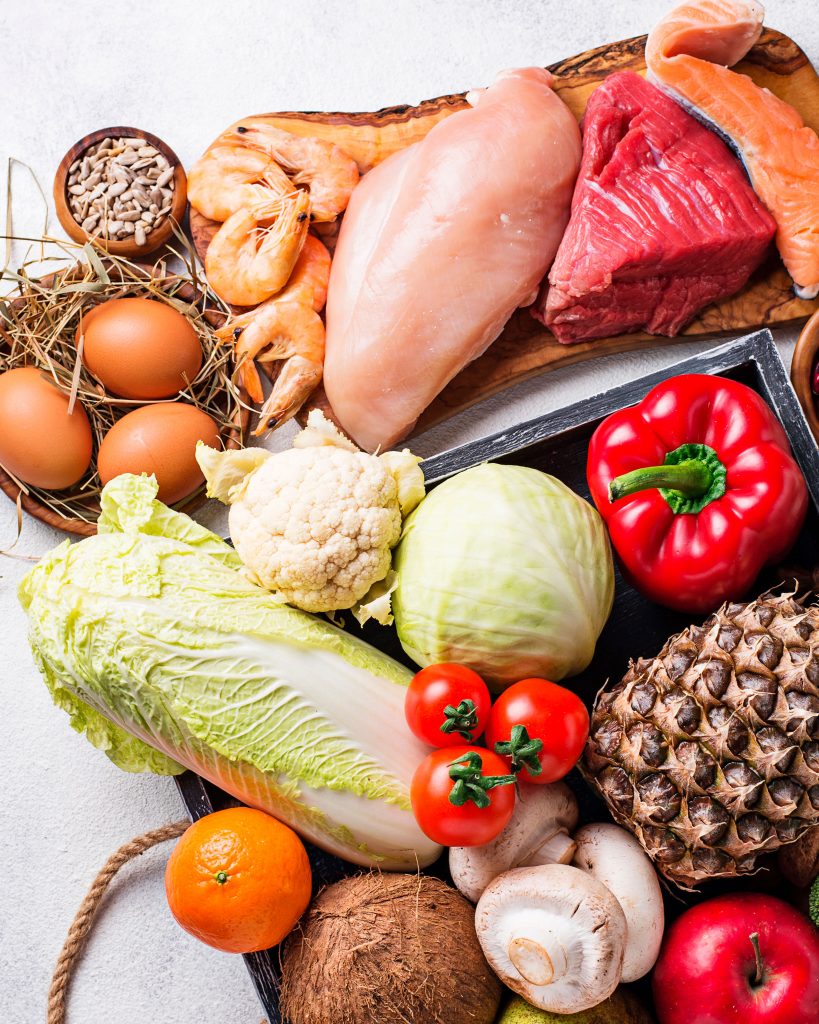
What is the Paleo Diet?
The paleo diet was started all the way back in the 1970’s by gastroenterologist Walter Voegtlin. Voegtlin started noticing that as food became more and more unnatural, and a larger part of our diet, our gastric systems were struggling more and more to process energy from our food. His idea was to rewind the hands of time and help his patients by giving them a diet that would focus on only the natural foods that worked with our system, most importantly cutting out processed food.
What is “processed food”?
If we’re going to be precise, then food ‘processing’ actually began 2 million years ago when we began using fire to “cook” our food. Processing literally means deliberately altering food from its natural state before its made available for consumption. Some people do eat a completely raw lifestyle without fire or flame, but that’s not what Voegtlin meant.
Voegtlin was referring to modern processed foods, foods that affects the nutritional density of natural foods. The processing process destroys the full benefit of natural vitamins and minerals while also introducing not natural ingredients and chemicals that can harm our bodies into our food to make them tastier, last longer, or “easier to eat”.
While developing the paleo diet, Voegtlin looked at the evolution of human culinary history and went back to the Neolithic era, the domestication of animals and production of grain… and drew a line. Remember he was a gastroenterologist and aiming to find the foods that were the most nutrient -dense and digestion friendly.
What can I eat on a Paleo Diet
There’s a lot of debate over exactly which foods were available to the people who lived during the Paleolithic era, but at the end of the day the important part is to return to a natural way of eating that focuses on plants, plants, fish, meat, fruits and nuts, and away from any processed foods, sugar, dairy products, grains, legumes, oils and salt.
The most important distinction that will guide you with any food choice is: “Did this food come like this naturally? Or has man helped make this food?”
FOODS TO EAT
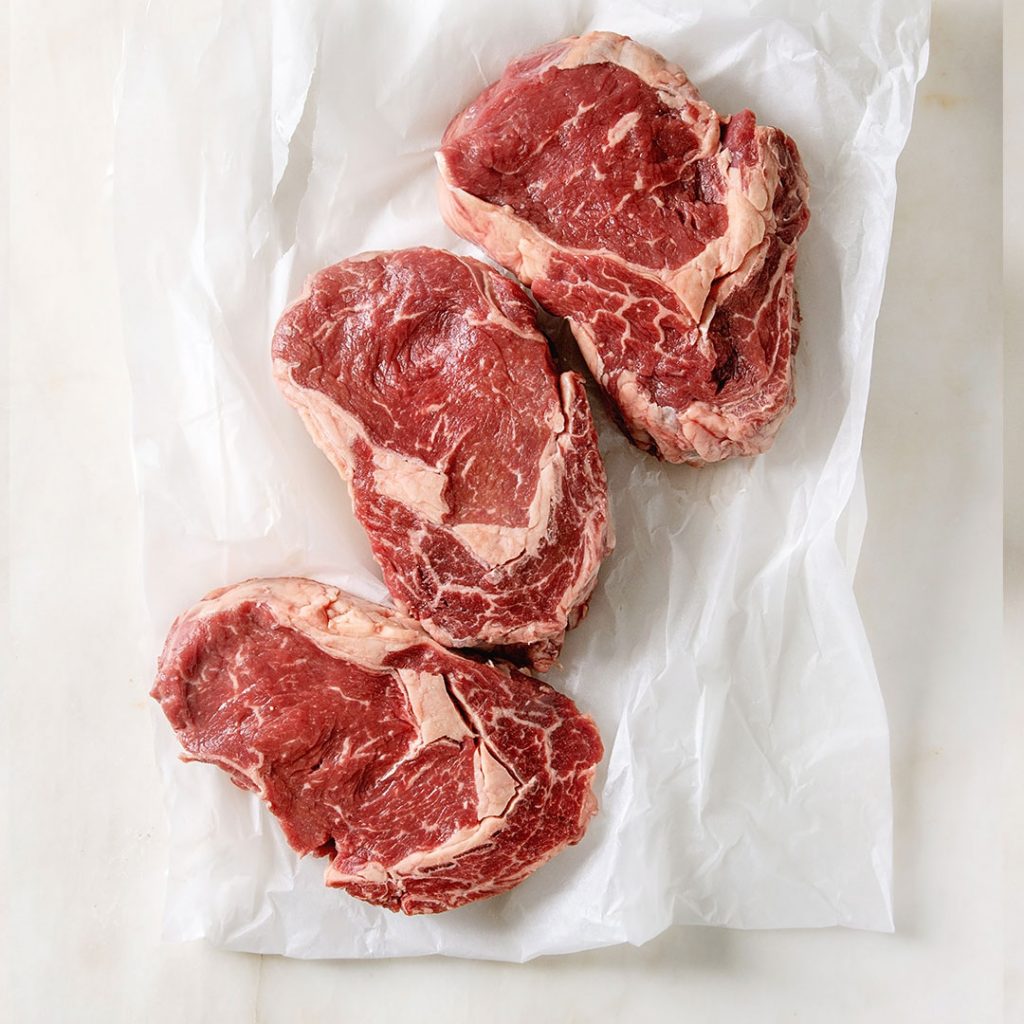
Meat
Most people associate a big slab of steak with the paleo diet, and for good reason. Chicken, lamb, steak, turkey, pork. It’s all good! Many people say “all meat is okay”! But that’s not 100% true. Unfortunately, due to the nature of our modern meat industry, it’s important to remember this only refers to grass-fed, natural cuts of meat, not processed meat products or grain-fed meat. Grass-fed organic meat can be expensive, so if you need to cut corners, you can get away with grain-fed meat, but aim for grass-fed whenever possible. However, do not eat processed meat products like sausage, or deli cuts, or hot-dogs… ever.
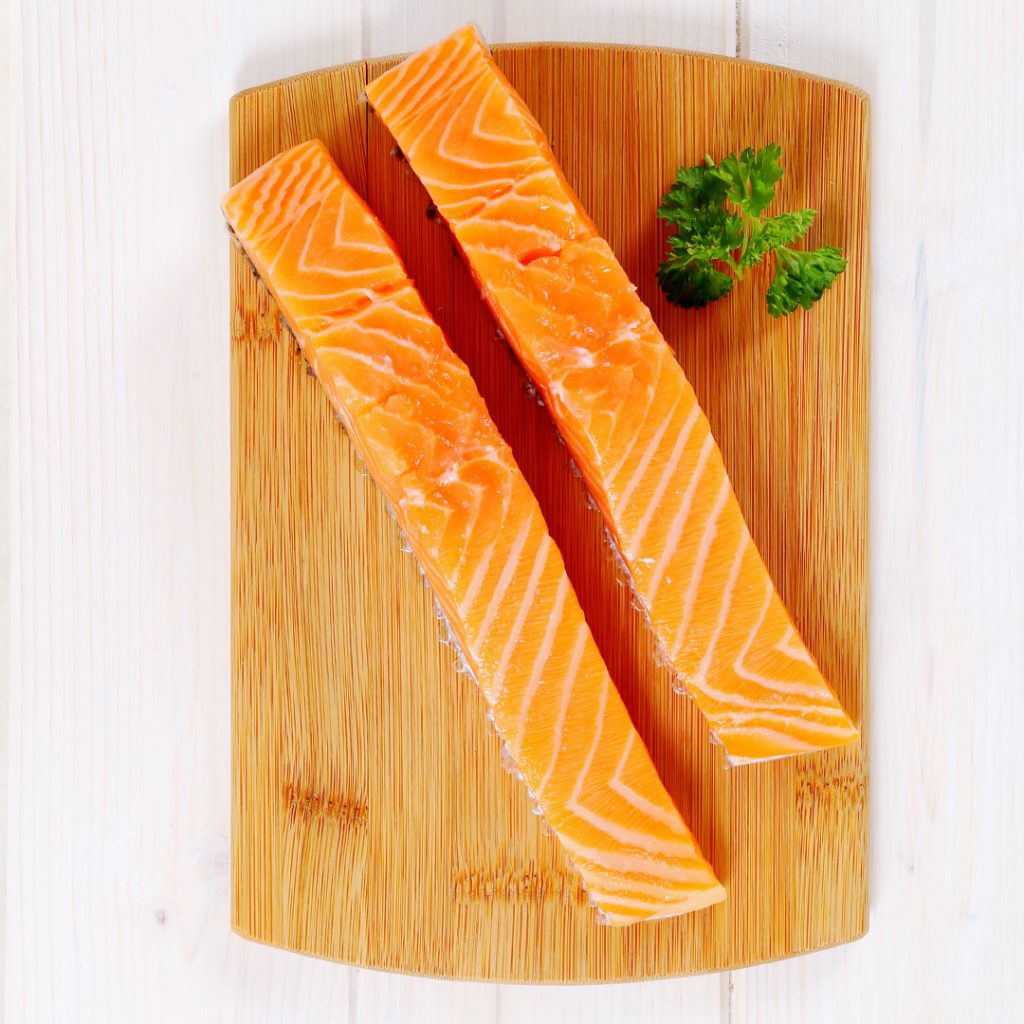
Fish & Seafood
We love seafood! Same as meat above, all natural fish and seafood is a-okay. There are less “fake fish” items on the market, but just be aware when you’re shopping and eating. Fish sticks, crab cakes (except for ours which are paleo), imitation crab meat, etc. are all processed products.
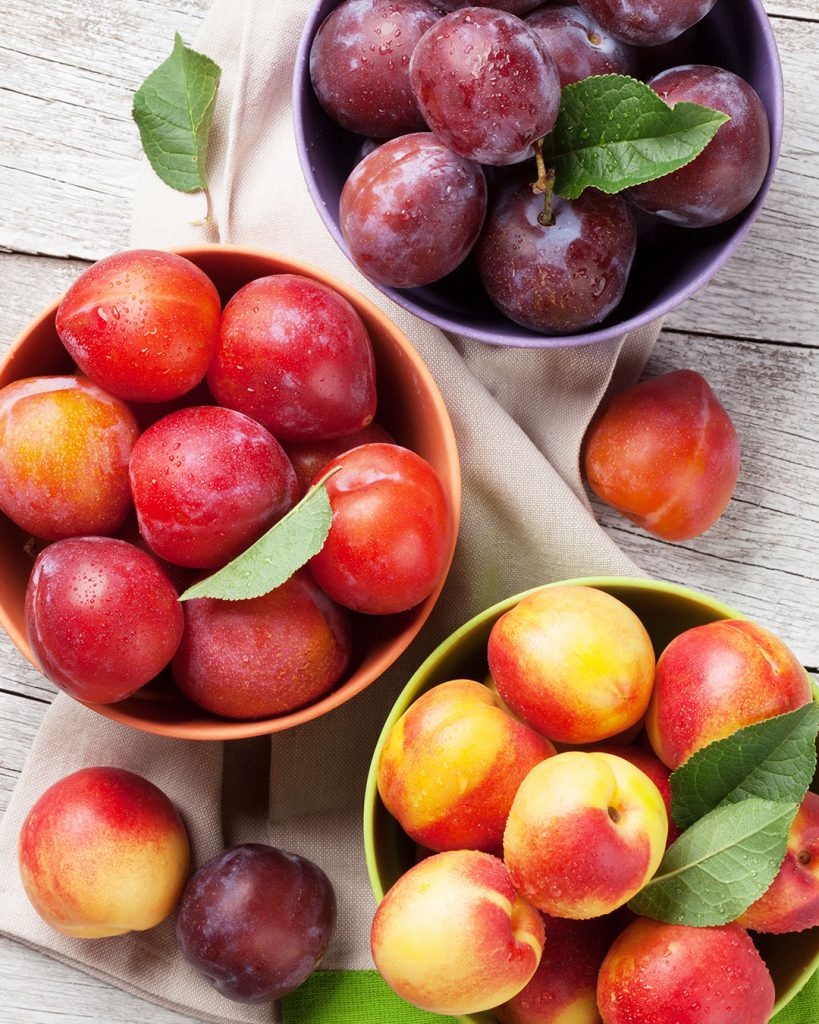
Fruits
All fruit is good! Frozen fruit is also fine, so go ahead and make your smoothies. Just be careful with fruit products like canned fruit or dried fruit which can often be processed and full of preservatives or sugars.
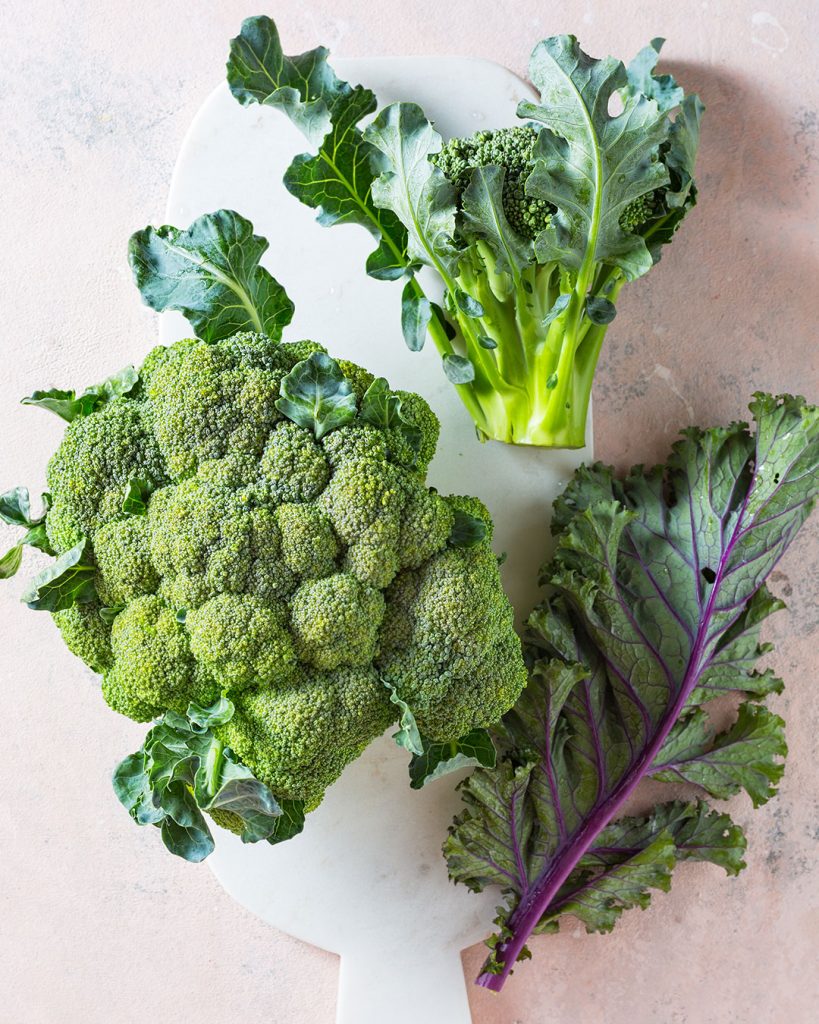
Vegetables
Fill up on veggies! No, really. Veggies are the foundation of the Paleo diet and almost all veggies are good veggies as long as they’re from the earth. (No potato chips and veggie chips aren’t paleo.) The one exception is corn, and we’ll talk more about that in avoid.

Eggs
Eggs are all-natural and all good! We recommend cage-free farm-fresh eggs from your local market if you can. The more orange the yolk, the better!
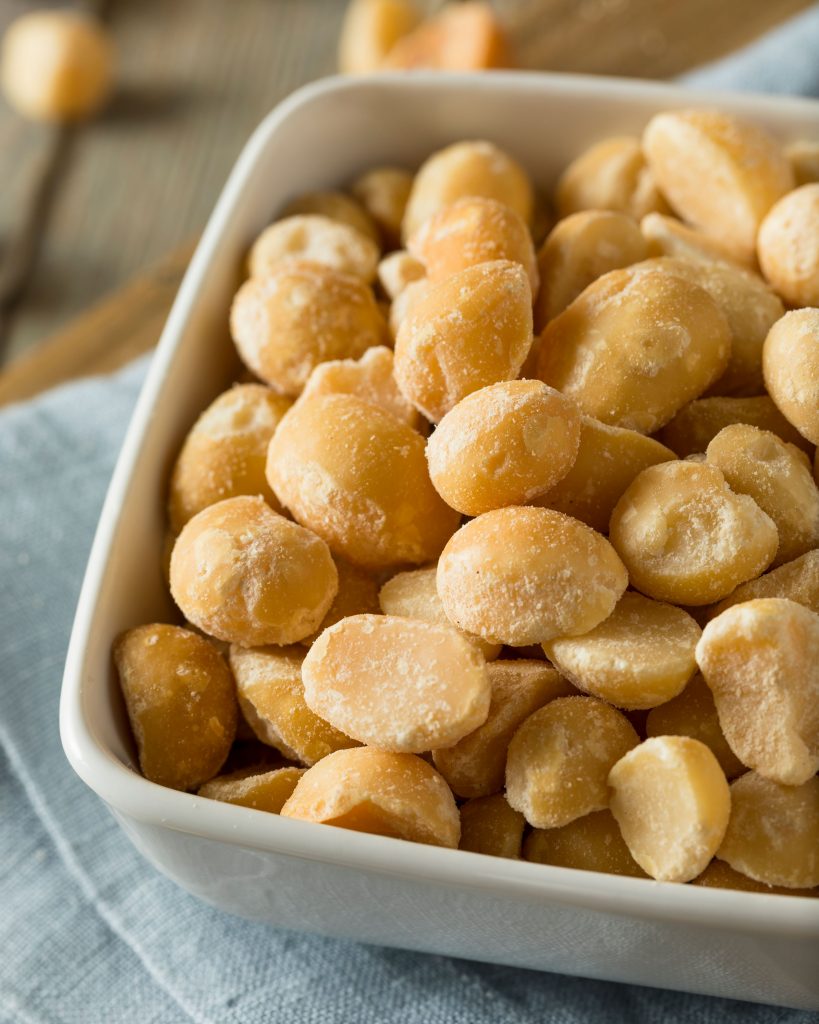
Nuts
Thank god for nuts! With no grains a lot of paleo people miss the crunch, and that’s why we love nuts. All nuts are fine, just make sure you’re watching your quantities if you’re goal is to lose weight because they add up quick.
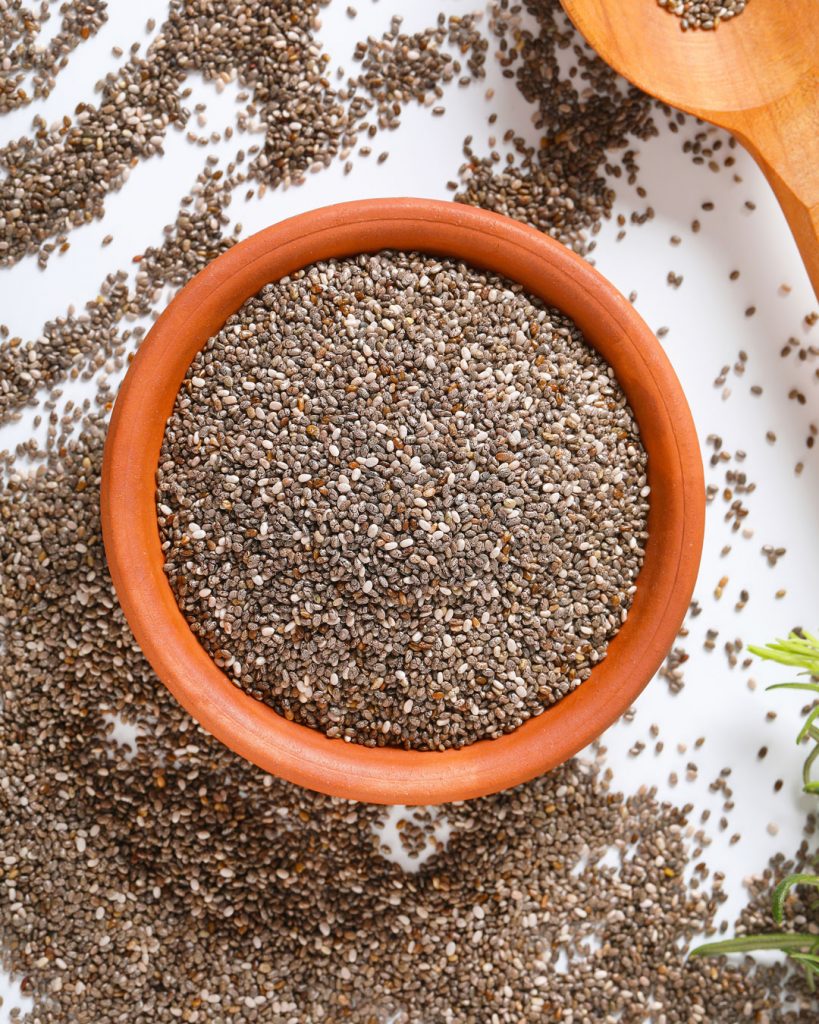
Seeds
All seeds are natural and are okay! We love chia, flax and pumpkin seeds.
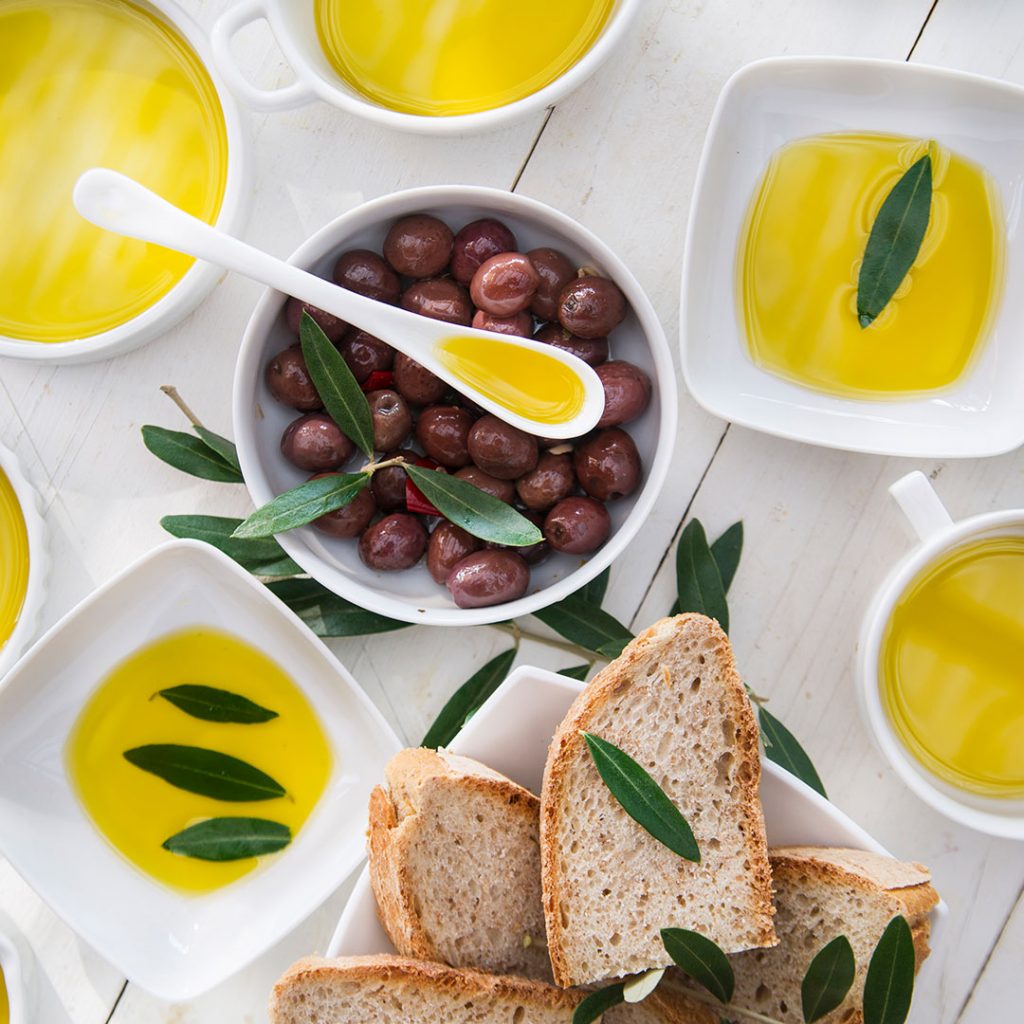
Healthy, unrefined oils
Choose non-processed oil like olive, walnut, flaxseed, macadamia, coconut, and avocado. Avoid things like vegetable oil and canola oil.
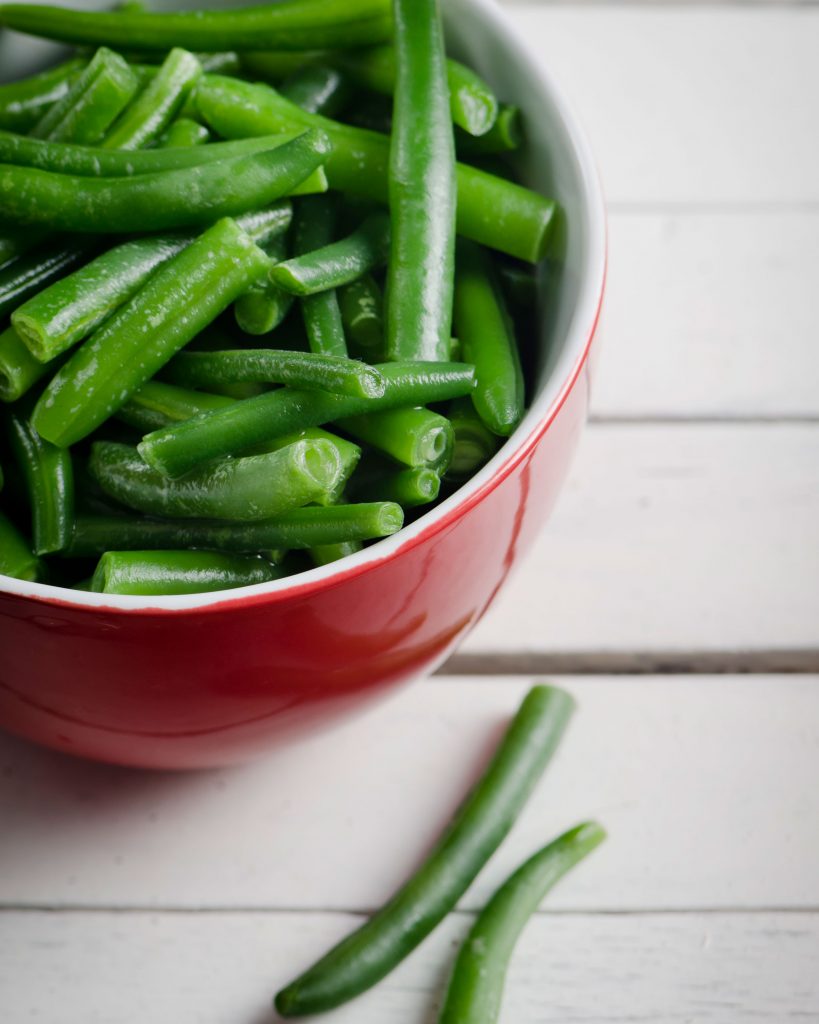
Green beans
As we’ll talk about in our avoid section, most legumes are not Paleo-friendly. However, lucky for us green beans are okay on paleo! are legumes, but are okay on paleo.
Now let’s focus on the things we don’t want to eat.
Foods to avoid on Paleo and WHY
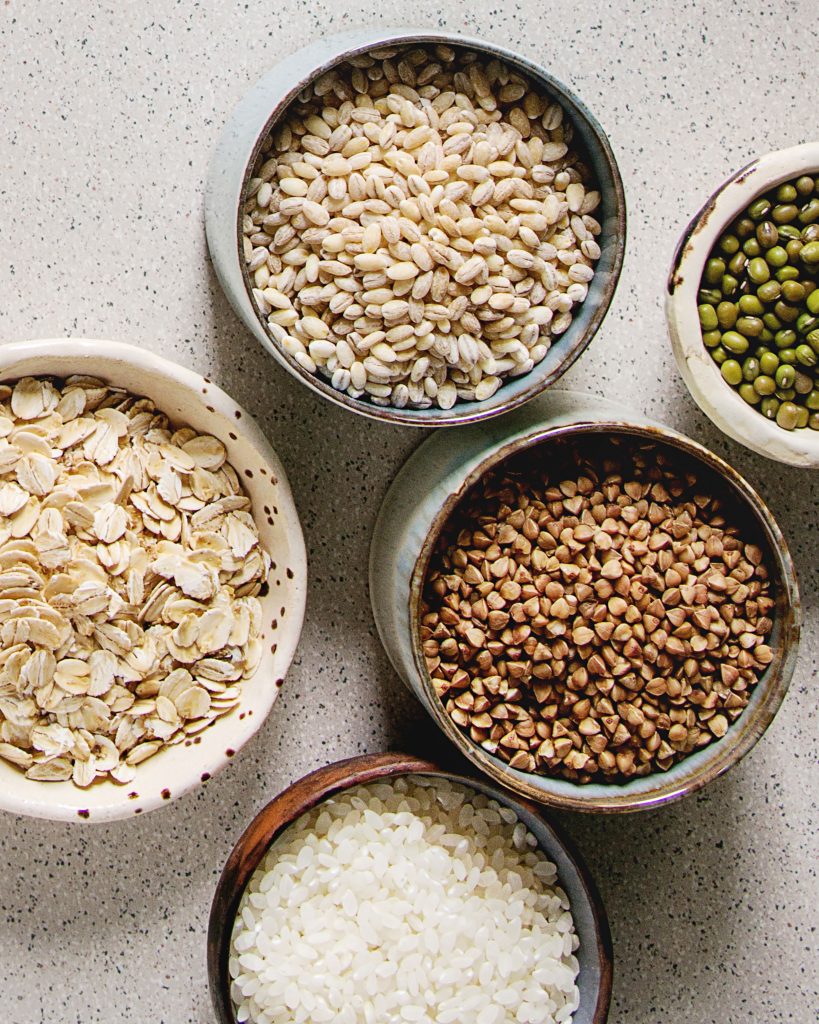
Grains
Paleo dieters still steer clear of grains because they contain different compounds and proteins like gluten, lectins and phytates, which can cause inflammation in the body and block other nutrients from being absorbed. Remember the orginator of Paleo was a gastroenterologist. This includes wheat, rye, barley, corn, rice, etc.
Surpise! Corn is actually a grain, not a vegetable. It is a starchy fiberous grain which is why it’s not allowed on paleo.
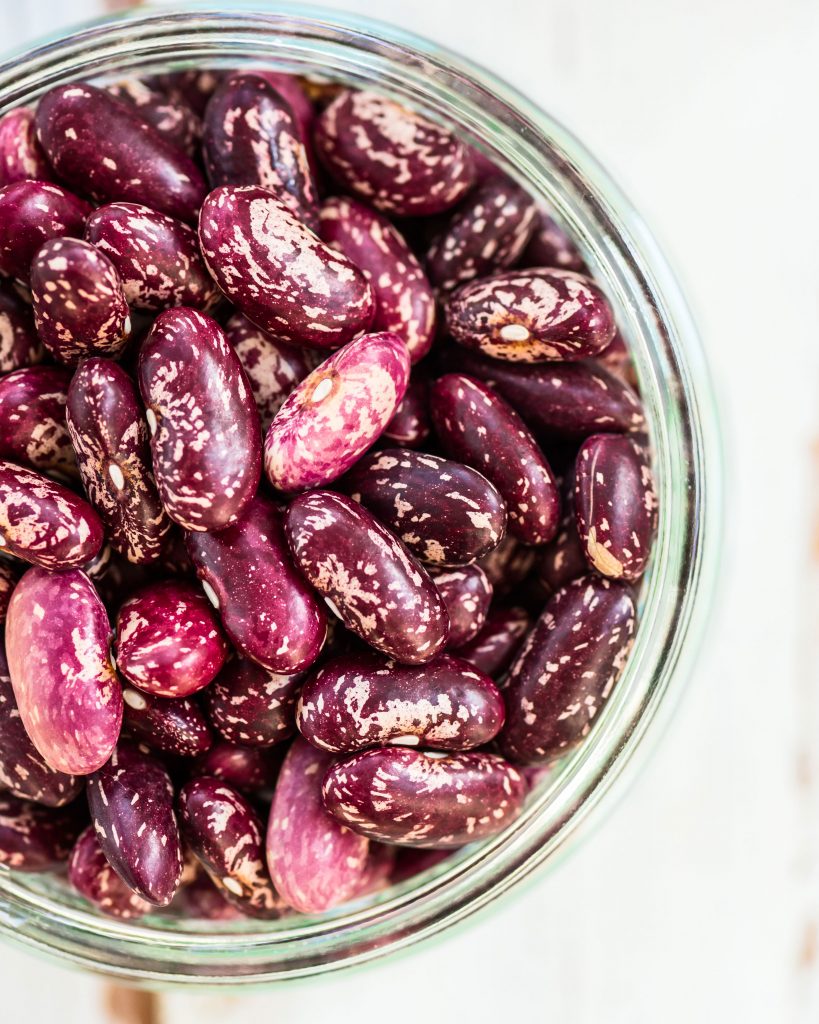
Beans & Legumes
No sugar, no processed meat, no fried foods, no white flour. It all makes sense so far. And then we get to beans and legumes, two notoriously healthy foods… so why are they on the list?
Again, paleo was designed to be the most pure and natural and focus on foods that needed no human interference and would be easiest to digest. Legumes have a type of carbohydrate called galacto-oligosaccharides that can cause unpleasant digestive problems for some people, especially people who already have IBS or similar digestive problems. So all beans like soy, lentils, black beans, garbanzo beans, peanuts, red or white beans, are not allowed on the paleo diet.
This doesn’t mean they’re unhealthy! But if you want to give the paleo diet an honest try, cut beans out of your diet and see if your digestion is better.
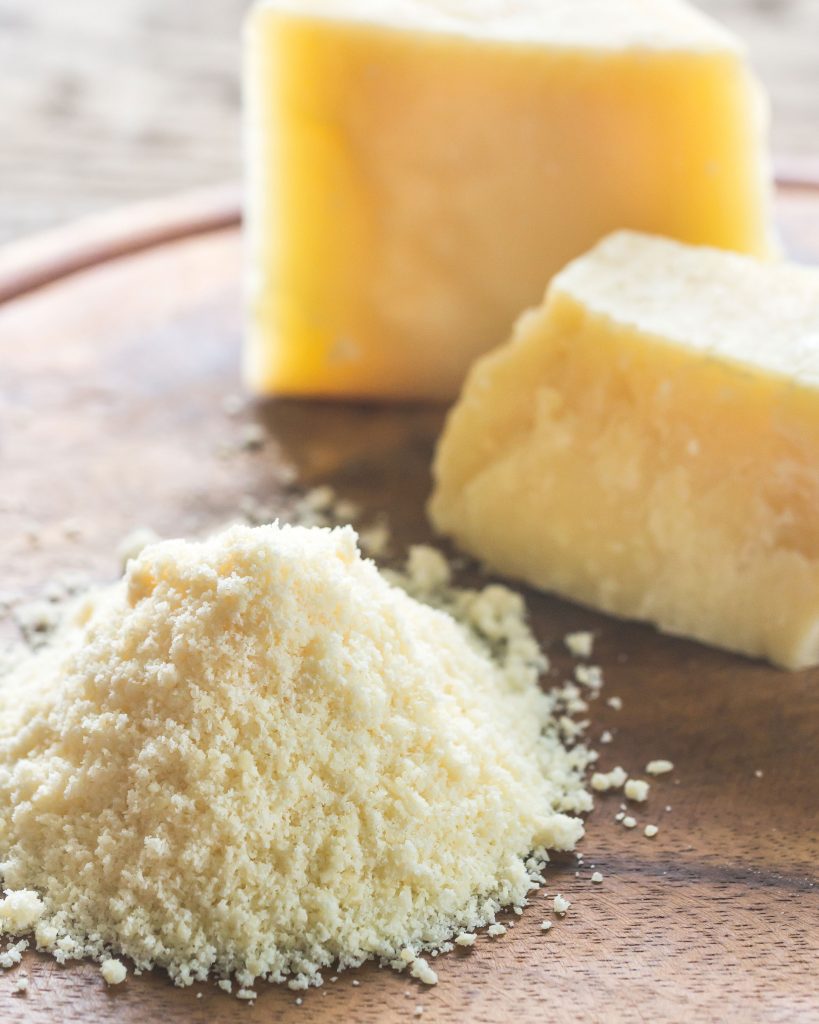
Dairy
No dairy? Unfortunately not. The simple truth is that the domestication and pasteurization of milk didn’t happen until the Neolithic era and the rise of agriculture. All dairy is definitely a processed product and most dairy can be rough on our digestive tract, even for the non-lactose-sensitive. Milk, cheese, yogurt, ice cream should all be avoided on paleo. If you absolutely need a little bit of dairy in your diet, we recommend small amounts of raw organic cheese, especially sheep’s cheeses which are easier to digest. But really this should be used sparingly if at all.
Refined sugar & artificial sweeteners
Isn’t life sweet enough? It’s no surprise by now that everything artificial has got to go. Put beyond putting sugar in your coffee, make sure you read every nutrition label (although honestly if you’re doing paleo nothing you buy should be in a box or can to begin with.) Be careful with added sugar hiding in condiments you add to your food and snack on fruit when you’re craving something sweet.
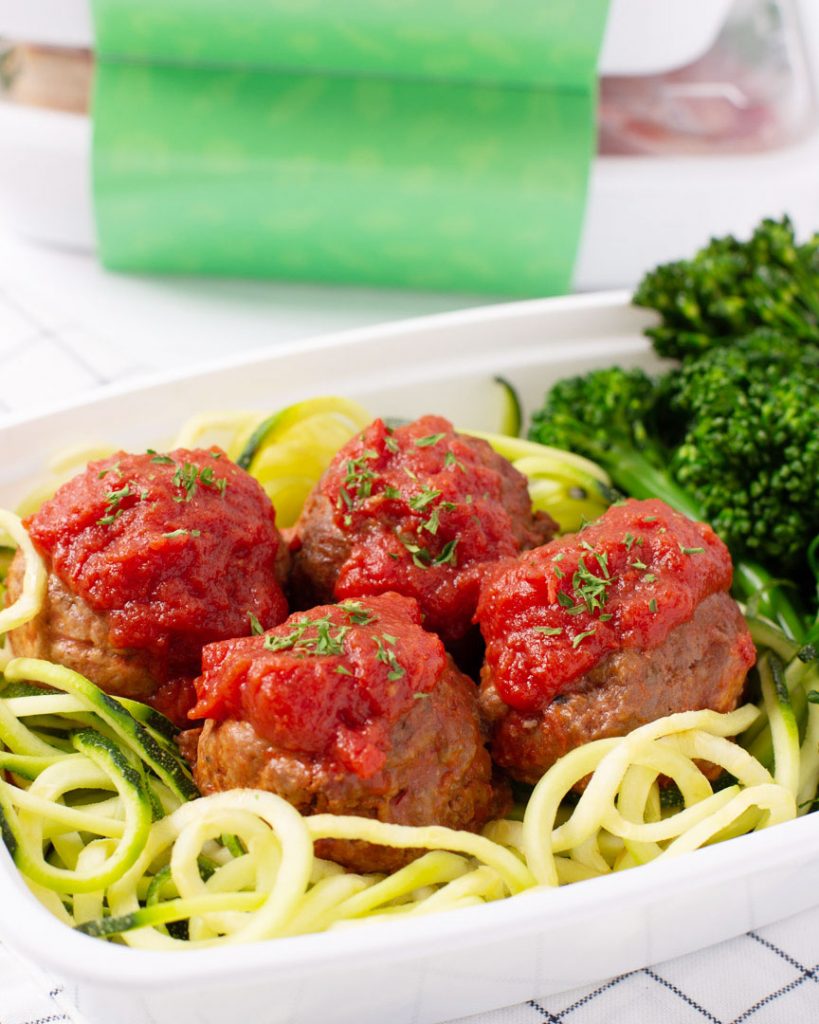
Eating Paleo at MacroPlate
MacroPlate makes the paleo diet easy. We have over 400 recipes that make the most of the paleo-approved ingredients to give you the most satisfying experience without ever having to lift a finger, or look at a label. Even better? Our meals are totally customizable, so you can add your own spin on each meal to make it exactly how you want it. Just reheat and eat and achieve your health goals faster than ever before. Try our paleo plan out today.



